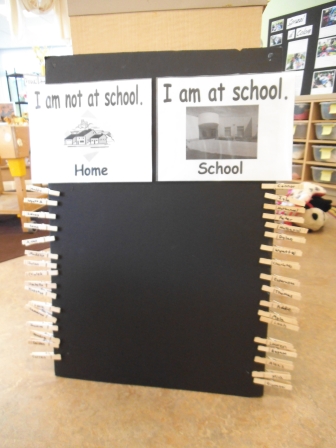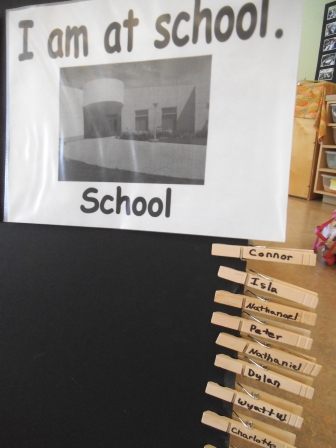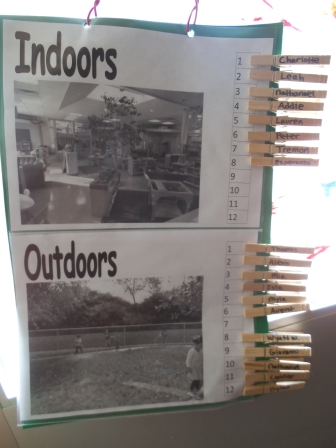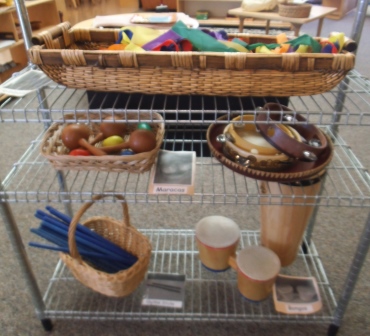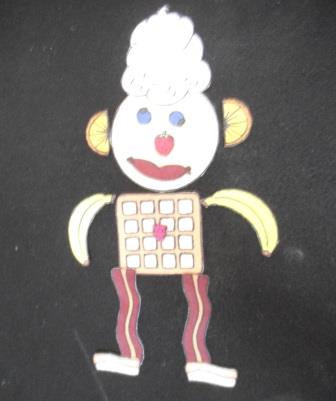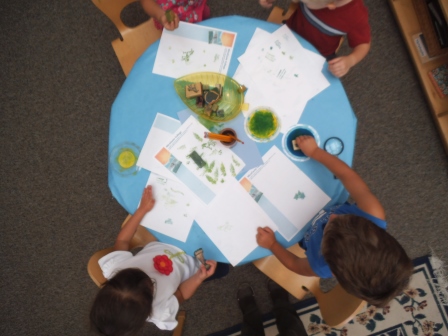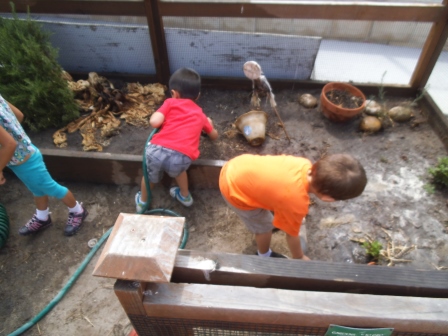Connecting with all of you has been wonderful this first week of school. It’s a huge part of the Reggio Emilia approach to early childhood education and is simply something we believe deeply in as a center as something that truly helps children learn and grow. Yesterday we wrote a blog post about connecting to the community and how that is also a part of the Reggio Emilia approach.
A great aspect of the college being our community is that there are so many wonderful and amazing places to visit! We have a theater, a library, an automotive shop, an art studio, a police station, a track, and many fountains and other departments along the way. We want to explore with them. This could lead to a lot of neat investigations into the campus community.
We are planning to do one field trip each week and to rotate the field trips so that it’s on a different day each week. We already have a schedule for our walks and the nice thing is that you can put it on your calendar now if you would like to walk with us on a walk. Having family members there not only helps keep children safer when walking around campus, but it also helps children see that their families value their school experience. Having a shared field-trip experience can sometimes be unforgettable to a young child.
All of the locations are not planned yet, but we will have a plan when the day comes. Volunteering to walk with us means arriving with your child before 8:45 when drop-off ends, staying for group time when we go over where we are going, and then walking with us from probably about 9:00 a.m. until about 10:00 a.m. (give or take a little bit of time in either direction).
Walk 1: Wednesday, August 28, Plant observations
Walk 2: Thursday, September 5, Plant observations
Walk 3: Monday, September 9
Walk 4: Tuesday, September 17
Walk 5: Friday, September 27, Library
Walk 6: Monday, September 30
Walk 7: Tuesday, October 8
Walk 8: Wednesday, October 16
Walk 9: Thursday, October 24
Walk 10: Friday, November 1
Walk 11: Tuesday, November 5
Walk 12: Wednesday, November 13
Walk 13: Thursday, November 21
Walk 14: Monday, November 25
Walk 15: Wednesday, December 5
Walk 16: Tuesday, December 10
A sign-up document will be available in Room 4. This will be an ongoing thing. We hope to never reschedule or cancel, but we might have to due to rain or something else that comes up. We will ask that you put a contact email on the list so that the teachers can let you know if anything changes.
These walks also help children get exercise and learn responsibility and safety when they venture out into the larger community!
This is going to be an exciting semester. We are glad you are all along for the journey.
-The Teachers of Room 4-

